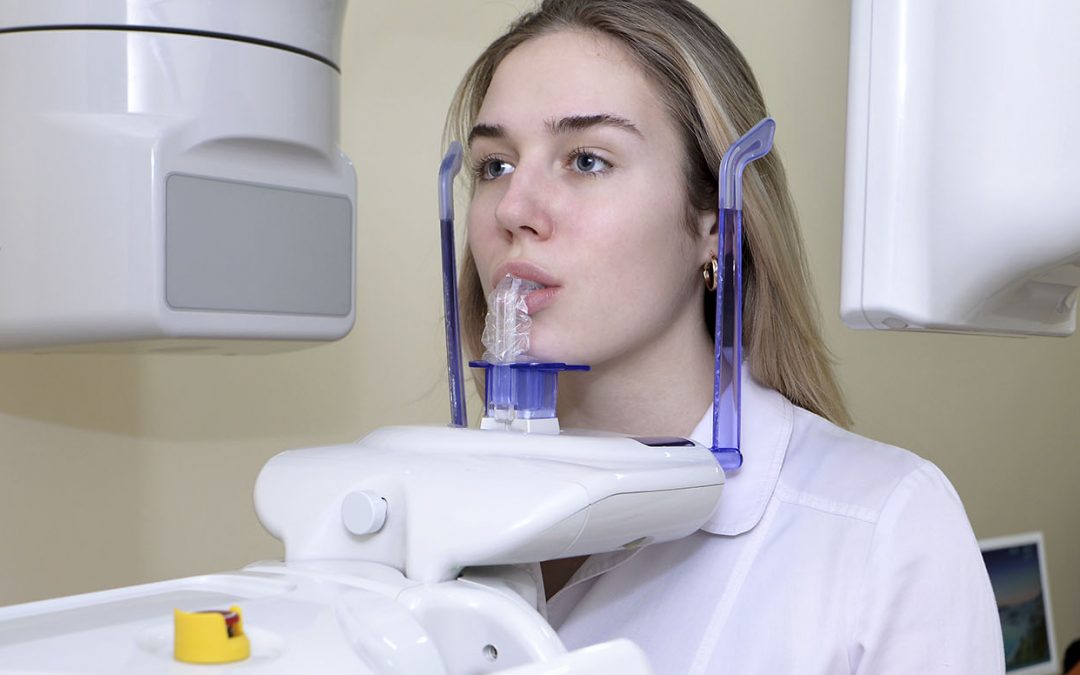ISO 13017 Dental Handpiece Autoclave Sterilization Resistance Testing
The ISO 13017 standard specifies requirements and test methods for determining the resistance of dental handpieces to sterilization by autoclaving. This service ensures that dental devices meet stringent quality and safety standards, safeguarding patient health and maintaining device integrity.
Dental handpieces are critical components in modern dentistry, providing precision and efficiency during various procedures. Ensuring these devices can withstand the rigors of sterilization is paramount for both healthcare providers and patients. The ISO 13017 test simulates real-world conditions to determine a device's suitability for repeated sterilizations.
The testing process involves several steps, including specimen preparation, autoclaving, drying, and visual inspection. A critical aspect is the choice of specimens; these must accurately represent the dental handpiece in terms of material composition and design. The autoclave used should be capable of simulating clinical sterilization conditions, typically operating at 134°C for up to 20 minutes.
Post-test evaluation focuses on any visible changes or defects that could affect device functionality. This includes checking for cracks, warping, or other signs of material degradation. The resistance to sterilization is assessed based on the extent and nature of these changes. Compliance with ISO 13017 ensures that dental handpieces maintain their integrity throughout repeated use.
Understanding the standards helps stakeholders make informed decisions about procurement and quality assurance. For R&D engineers, compliance with this standard means adhering to best practices in material selection and design optimization. Quality managers can ensure suppliers meet these critical requirements through rigorous testing protocols. Compliance officers play a crucial role in verifying that all dental devices comply with international safety regulations.
The ISO 13017 standard is widely recognized for its robustness, providing a reliable method to assess the sterilization resistance of dental handpieces. This service offers a valuable tool for ensuring patient safety and device longevity, aligning with broader healthcare standards.
Applied Standards
| Standard | Description |
|---|---|
| ISO 13017:2014 | Determination of resistance to sterilization by autoclaving for dental handpieces. |
International Acceptance and Recognition
- Australia - Recognized in national standards
- New Zealand - Included in local regulations
- United States - Endorsed by the FDA as a compliance standard
- European Union - Part of CE marking requirements
Environmental and Sustainability Contributions
The ISO 13017 test supports sustainability efforts by ensuring that dental handpieces are durable and reliable, reducing the frequency of replacements. This minimizes waste and the environmental impact associated with frequent disposals. By adhering to this standard, healthcare providers contribute positively to sustainable practices.





